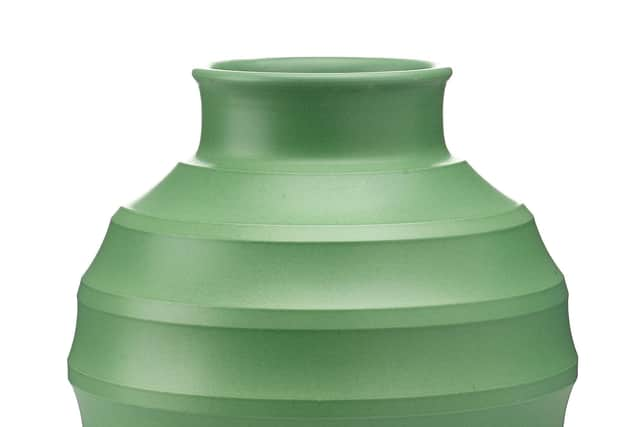Antiques Column: Murray produced very simple, bold and modernist pieces
and live on Freeview channel 276
Obviously the difference between a good or even great musician and a mere fledgling like myself is a chasm of some vastness, but we are still both musicians.
Now I have decided that the reason my play is so uninspired and some would say poor, is due to the design of the guitar. My wife disagrees and insists that it is all to do with my lack of ability, application and rhythm. The truth is always so painful, but I still insist that design and designers are paramount to the success of any product.
Advertisement
Hide AdAdvertisement
Hide AdIndividual designers were always important and often vital to the continued success of a porcelain factory. This was the case with Keith Murray and the Wedgwood factory.


Wedgwood approached Keith Murray in 1932 offering him a position as a designer in their company. Born in Auckland in 1892, he had emigrated to England in the early 1900s with his parents. He was trained as an architect, which gave him an excellent eye for design and form, and had been working for Powell & Sons’ Whitefriars Glassworks and then the
British Glassmakers Stevens & Williams before Wedgwood eagerly took him on board. His first range for Wedgwood came out in 1933 and he designed for them with huge success during the 1930s and 40s. Although few of his pieces were produced in the 1950s and 60s, he remained a consultant for Wedgwood until 1969.
Murray’s designs are now iconic and to many he is considered a pioneer of the Art Deco style. He produced designs that were very simple; they were bold, modernist pieces produced with clean lines where form was integral to decoration, clearly drawing from his architectural training and his belief that good design should show common sense. A large number of designs included the ribbing or fluting effects which became a signature style of his.
Murray designed pieces primarily in green, moonstone (white), straw yellow and blue. Black basalt is by far the rarest and most sought after colour he worked with.